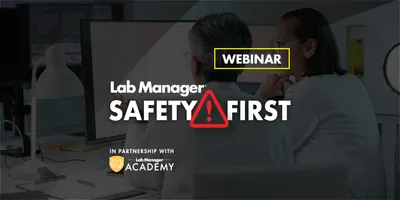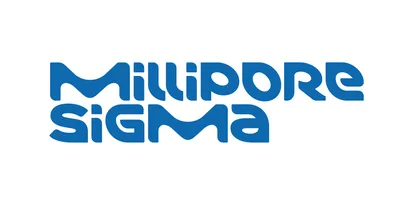The research sector has become increasingly vulnerable to overt commercial predation. As academic and publishing business models, research evaluation, and peer-review systems continue to evolve, they are susceptible to exploitation and malpractice. Driven by profit and self-interest, the extent of this predation is on the rise. It risks polluting the global research enterprise, with serious implications for research quality and integrity; wasting research funding, derailing research careers, and compromising evidence-based policy decisions.
Today sees the release of a new report from the InterAcademy Partnership (IAP)—the global network of over 140 science, engineering, and medical academies. This report is the culmination of a two-year study, “Combating Predatory Academic Journals and Conferences,” funded by The Gordon and Betty Moore Foundation, which has explored these practices more comprehensively and inclusively than any previously.
An international Working Group of diverse experts has conducted extensive desk research, heard evidence from key stakeholders, and run a unique global survey that engaged over 1,800 researchers around the world to build a better understanding of what constitutes predatory academic practices, their prevalence and impact, tools and resources to avoid them, and the drivers or root causes enabling them to thrive. The authors’ message is stark: predatory academic practices are rising at a concerning rate and require urgent attention.
“Predatory journals and conferences appear to be pervading all geographies, disciplines, and academic career stages, with over 80 percent of respondents to our global survey indicating that they are already a problem or on the rise in their country of work,” said Susan Veldsman, study co-chair. “We estimate that over 1 million researchers are likely to have used predatory outlets (largely unknowingly) at a cost of billions of dollars of wasted research. This is largely due to a lack of awareness and not knowing how to recognize what is predatory and what is not. Training is both urgent and imperative.”
Predatory academic journals and conferences are those that are motivated by profit rather than scholarship, soliciting articles and abstracts from researchers through actions that exploit the pressure on researchers to publish and present their work. The IAP report builds on current definitions and offers a spectrum of journal and conference practices: a broad set of dynamic predatory behaviors and characteristics that distinguish between outright fraud, low-quality, questionable and unethical practices, and best practice. All types of publishing and conferencing outlets, from reputable and established traditional publishers to the newly emerging and Open Access ones, can potentially engage in unethical practices, anywhere in the world. To help users navigate this complexity, recommendations are offered to help researchers practice due diligence and make informed choices about where to publish and present their work. Among wide-ranging recommendations, universities are strongly recommended to provide explicit training on publishing ethics to both their faculty and students; research funders to develop, implement, and audit policies that promote responsible scholarly communication of work they fund and to disincentivize publishing in predatory journals; and publishers to commit to waiving author fees for open access journal articles for researchers in low-income countries.
The authors argue that more needs to be done both to understand and combat predatory conferences, and to address the systemic drivers of all predatory practices if interventions are to have any long-term, sustained impact.
Professor Abdullah Shams Bin Tariq, study co-chair said, “Predatory publishing is driven by three drivers or root causes: the increasing monetization and commercialization of research communication; research evaluation systems that rate quantity over quality; and the lack of transparency in the peer-review system. We must address these if we are to tackle predatory practices in academia. The author-pays model of open access is particularly open to abuse, allowing publishers to predate on researchers and driving many of them, especially in poorly resourced countries, into the arms of predatory outlets. This further exacerbates the already unacceptable systemic bias and research gap between researchers in low and high-income countries.”
Project Director, Dr. Tracey Elliott, added: “Now, more than ever, we need strong leadership and cooperation between scholars, research funders, leaders of higher education institutions, publishers, librarians and indexers, policymakers, and the international science community. Each has their part to play and we make recommendations to all of them, noting that only urgent and collective action can succeed in combating these pervasive and damaging practices.”
Lab Management Certificate
The Lab Management certificate is more than training—it’s a professional advantage.
Gain critical skills and IACET-approved CEUs that make a measurable difference.
Reinforcing this point, Sir Richard Catlow, IAP co-president and study PI, urged those who can effect change to do so. "The IAP report has highlighted the threat of predatory practices to the integrity of the scientific endeavor. We urge all stakeholders to follow the report’s recommendations."
- This press release was originally published on The InterAcademy Partnership website












